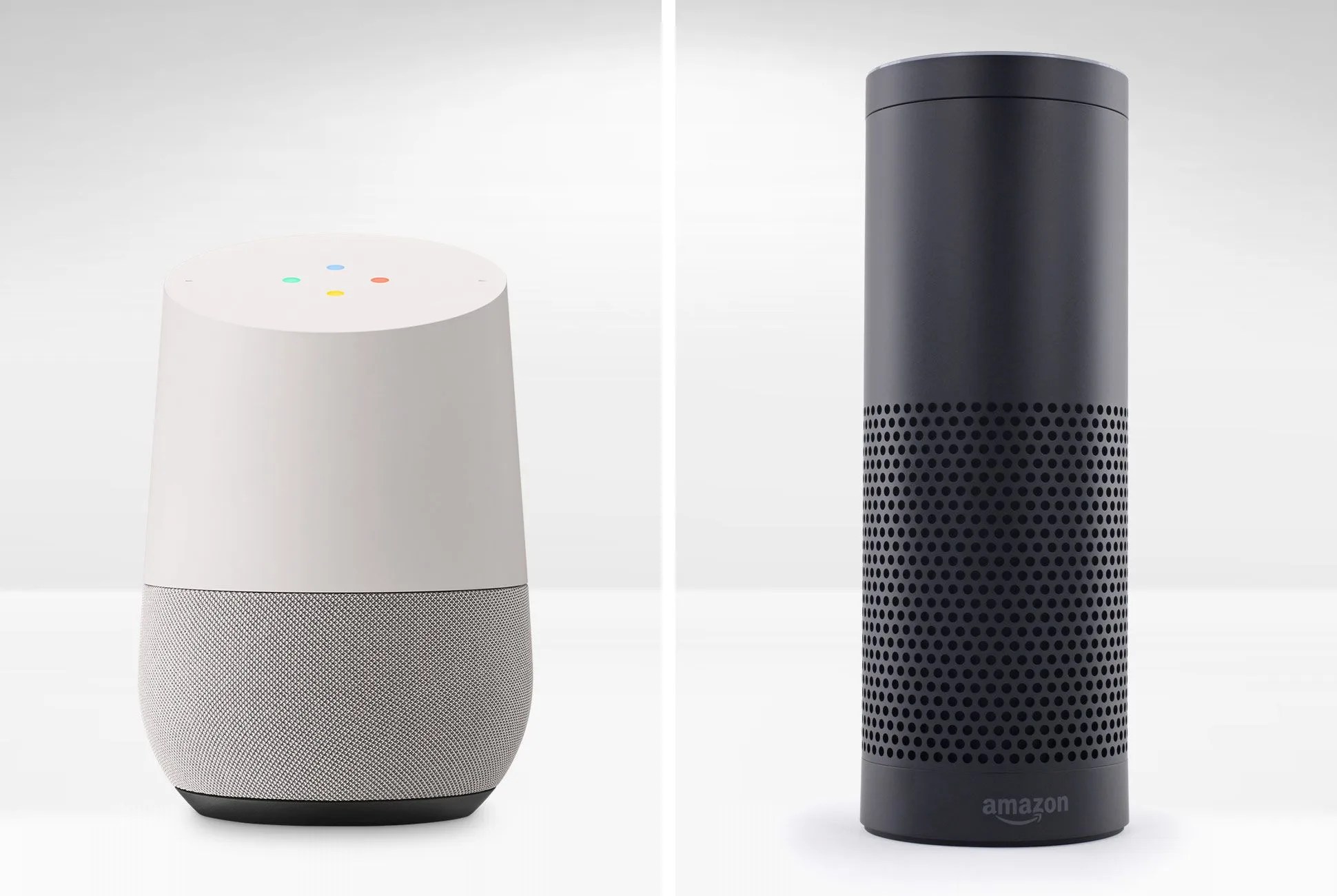Last November, we determined that the Google Home was superior to the Amazon Echo. Since then, Amazon has released more Alexa-enabled products, and Google keeps adding new features to keep up. With smart speakers rumored from Apple and Microsoft later this year, the answer to “which smart speaker is best” is constantly changing.
Today, Amazon offers three different smart speakers and has built Alexa into its tablets, expanding where the service can be used. As for Google, the Home is the only smart speaker featuring Google Assistant, though there is an Assistant app for both Android and iOS. The two digital servants have become increasingly similar, leaving few, but significant differences.
So, what’s so great about Google?
First, the Google Home speaker is $130, competitively priced against the Echo’s $180 tag. But, that aside, what really matters is performance.
A fundamental test for an assistant is asking random questions. Right off the bat, the Home outperforms the Echo. Google is the largest search engine in the world, and the answers are, rather unsurprisingly, more detailed.
You can use these smart speakers to watch TV. And you should. Google Home will easily stream content to your Chromecast with voice commands. Alexa can stream to Amazon’s Fire TV stick, but it needs to be turned on first. If you ask your Google Home to play Netflix, it’ll just do it.
Google knows a lot more about you than Amazon (and that’s a good thing). The Home can tell you about your upcoming meetings (since it links with Google Calendar), and can give you directions and traffic updates from Google Maps. Amazon doesn’t offer either of these features yet — another win for Google on the practical side of things.
Google Home works with up to six users. This means the speaker can differentiate between voices, and will provide information from each corresponding Google account. Driving directions will be user-specific based on saved addresses — same goes for calendar information. Alexa does support multiple Amazon accounts, but you first have to tell it to switch users.
